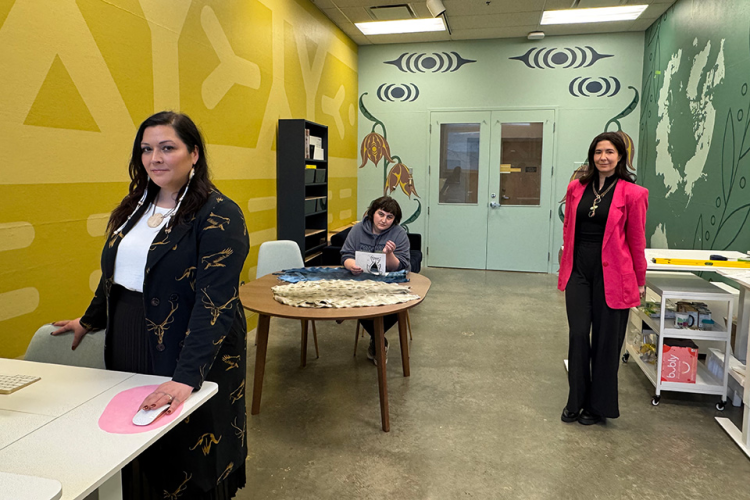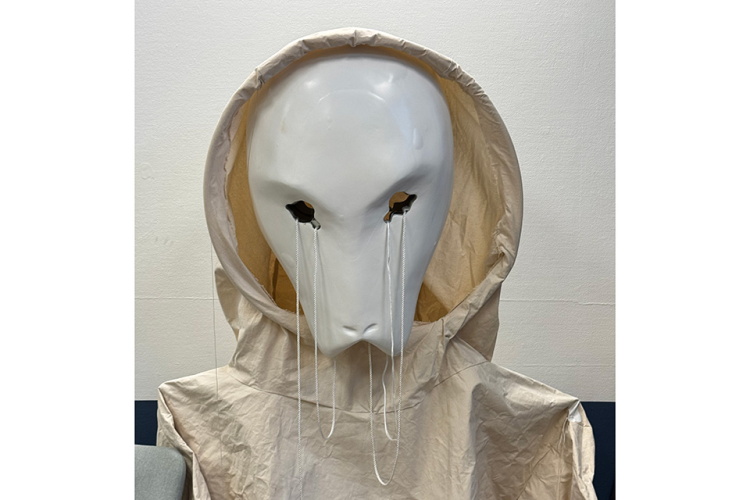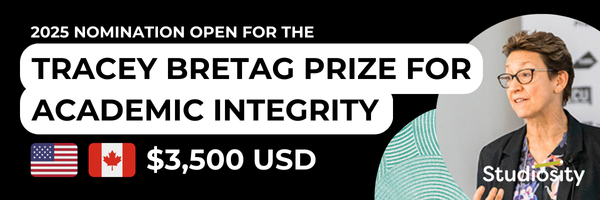There's a new Indigenous arts research space at the University of Victoria (UVic) that is looking up way up to the arts of the circumpolar region, as well as all along the Pacific shoreline and from Alaska to New Zealand, with Victoria at the center of it all.
The Taqsiqtuut Research-Creation Lab is the latest project by Heather Igloliorte, UVic's inaugural Canada Excellence Research Chair (CERC) in Decolonial and Transformational Indigenous Art Practices, based in the Faculty of Fine Arts. Igloliorte's prestigious eight-year, $8-million position is advancing reconciliation through the transformative power of art and innovative exhibition practices, and is supporting a new generation of students, researchers, educators, curators and artists to drive change through artistic practice.

The Taqsiqtuut Research-Creation Lab officially opened at UVic by Heather Igloliorte, inaugural Canada Excellence Research Chair in Decolonial and Transformational Indigenous Art Practices. Photo submitted
"Indigenous people don't necessarily have access to the same cutting-edge technologies that others do, just like they lack access to museums and galleries in the North," says Igloliorte.
The development of digital and media-arts skills is one main area that will help remove these barriers by putting innovative tools like augmented and extended reality into the hands of students and artists alike. "They can experiment and see if they're interested in bringing their current practices into a media art space The potential is there for people to grow in exciting new directions."
This is how the Taqsiqtuut Research Creation lab is addressing key pillars of Igloliorte's CERC position: developing digital skills, creating exhibitions, training and mentoring of students and youth, and developing new policies and best practices for institutions that engage with Indigenous art and artists.
Designing new collaborations
Open to students and Indigenous members of the artistic community, as well as visiting artists and artistic residencies (plus other community members by invitation), the Taqsiqtuut lab is named after the Inuktitut word for patterns and designs, which suits Igloliorte's intention of providing a training and mentorship space at the intersection of both customary and digital practices.
"In the past, I've worked with artists who've learned how to take their beadwork practice and turn it into stop-motion animation, for example, or to take their work on the land and then translate that into a VR or an augmented reality film or project," explains Igloliorte. "But it can also go the other way: we work with artists with a lot of training in digital or media practices who are now thinking about translating their work into a land-based practice, or an intangible heritage project."
Currently run by a diverse mix of five people (including faculty and staff, plus post-doctorate, graduate and undergraduate students), the lab is in the process of building up a technological library of project-based digital tools.
"We'll keep building as we go," says Igloliorte. "For a stop-motion project, we'll invest in stop-motion technology, and when we work with seamstresses on an Indigenous customary clothing pattern-making workshop, then we'll purchase a pattern-imaging device. We also have a high-end video and media arts editing suite and a digital media arts technician who's here to help students and community members realize their own far-ranging projects."
Championing research creation
Officially opening on Feb. 28 with panel discussions, art installations, project demonstrations and a film screening, the lab will showcase dynamic emerging digital media projects. The Witness Blanket VR by UVic's Impact Chair in Indigenous Art Practices and Visual Arts professor Carey Newman which transitions a Winnipeg-based, reconciliation-focused sculptural installation into a virtual reality program accessible by anyone with a virtual reality rig will also be showcased.
The Taqsiqtuut lab launch also marks the conclusion of one of Igloliorte's research projects centering on promoting and protecting Indigenous arts, culminating in a panel discussion with a local focus on the appreciation and appropriation of Northwest coastal arts.
Previously a Tier 1 University Research Chair at Concordia University where she co-led the Indigenous Futures Research Centre in the Milieux Institute for Arts, Culture and Technology, Igloliorte is now excited to be creating an Indigenous research-creation lab here at UVic.
"This space is unique in many ways because of the areas we're approaching with the CERC and the work that we're doing," she explains. "I've seen a lot of amazing arts-based technological labs, and I'm excited to partner with other institutions."
One of these partnership projects is Qiaqsutuq, a multimedia sculptural installation which offers an Inuit perspective on climate change, as told Greek-chorus style from the perspectives of five gigantic Arctic animals or beings. It was produced with the Centre for Inter-media Arts and Decolonial Expression at Halifax's NSCAD University which is co-led by Leah Decter and Tahltan artist Peter Morin (who collaborated on UVic's Big Button Blanket project back in 2014) and which will engage another of her CERC partners, Western University's Center for Sustainable Curating.

Arctic spirit beings are on display in the Taqsiqtuut Research-Creation Lab, which feature sound and visual projections on canvas-draped bodies. Photo submitted
Igloliorte feels UVic and Victoria specifically is an ideal location for the Taqsiqtuut lab.
"Victoria is nestled at the center of both the Pacific and the North, from the west coast of North America on up to Alaska, then across the Arctic and around the circumpolar world, but also over to Hawaii, Australia, New Zealand and Samoa," she says. "I have a large network of colleagues and artists I've been working with for a long time partners who are working and thinking across Indigenous cultures, and learning from each other in order to move towards this place of transformation and decolonization."
Curating the future
In addition to maintaining her international partnerships and establishing the Taqsiqtuut lab, Igloliorte also carries a teaching load with the Visual Arts department and supports various community projects, such as jurying the Salt Spring National Art Prize and the Yukon Art Prize, and curating Newfoundland's international Bonavista Biennale all of which is part of her robust CERC position.
She will also be organizing a UVic conference in May 2025 for all the stakeholders who contributed to her CERC application. "It will be a big international gathering of Indigenous scholars and museum directors, plus curators, artists and community members," she says. "We're coming together to make plans for publications, exhibitions, mentorships, public engagements and policy documents."
Heather Igloliorte's multifaceted and interdisciplinary work aligns with UVic's commitment to ʔetal nəwəl | ÁTOL,NEUEL, as well as commitments to the United Nations Sustainable Development Goals focused on quality education, decent work, economic growth, reduced inequalities and peace and justice.












